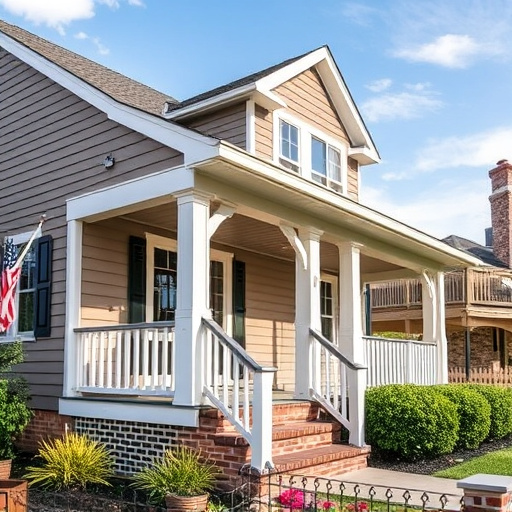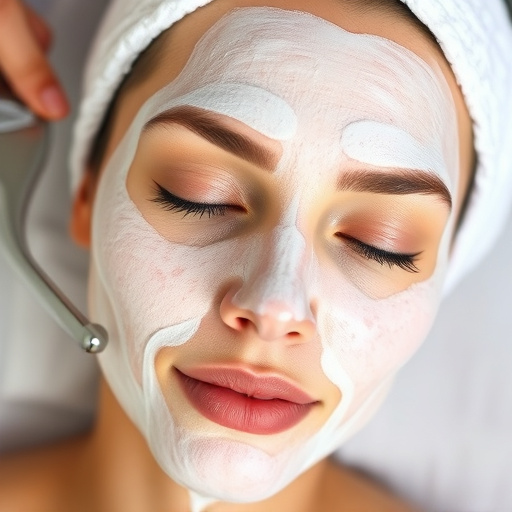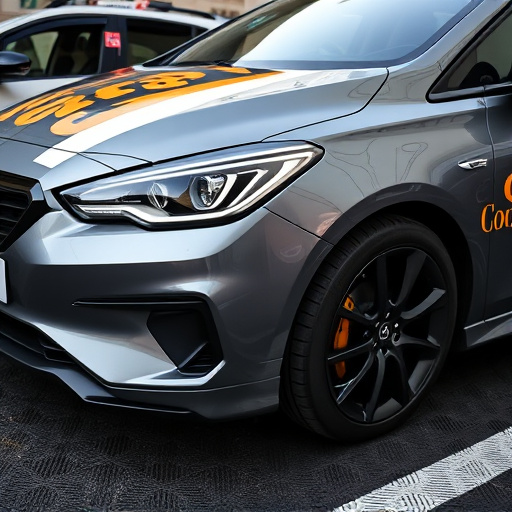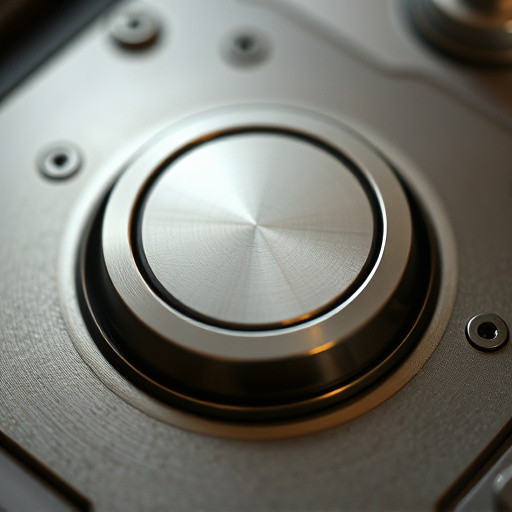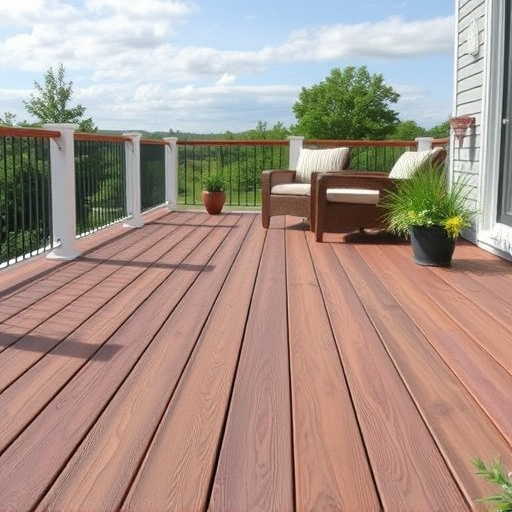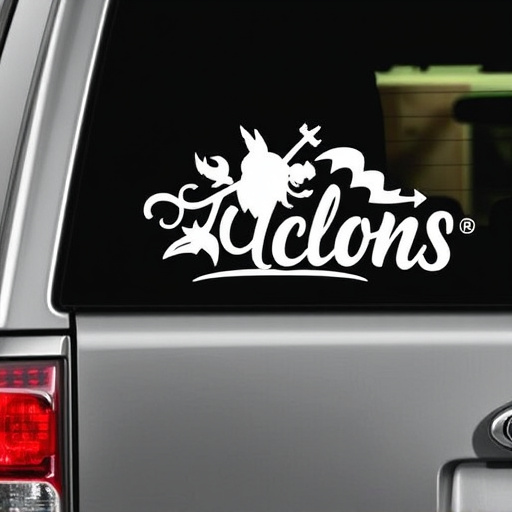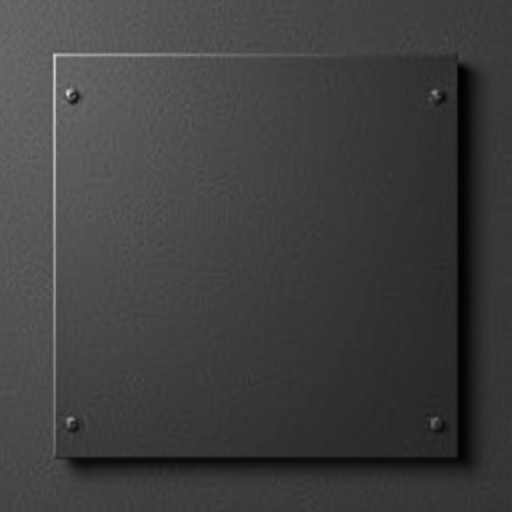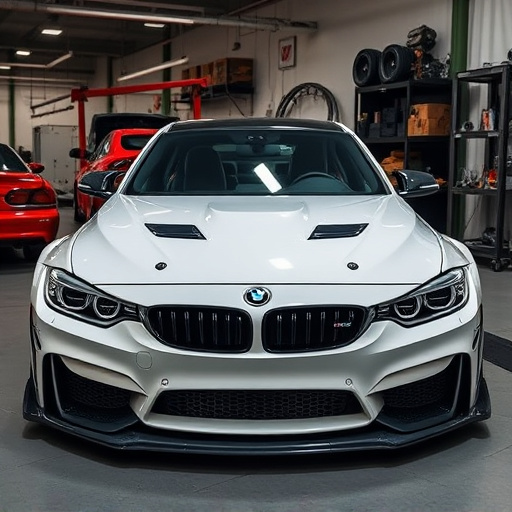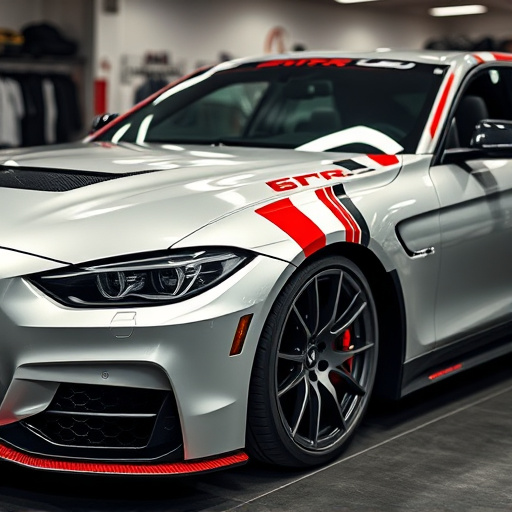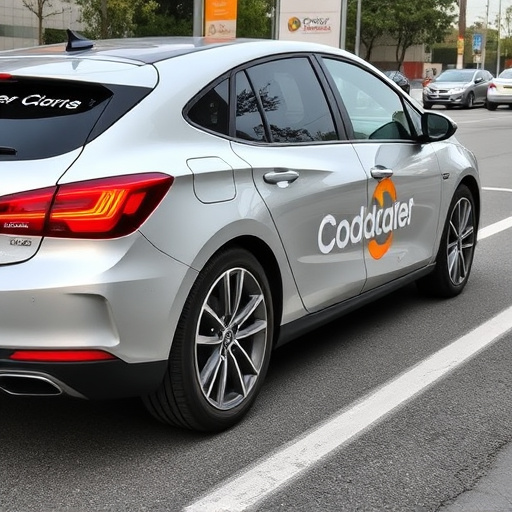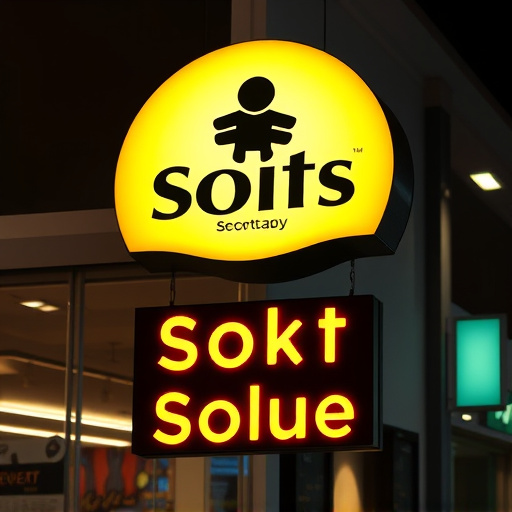Glass ceramic coating, an innovative solution, enhances automotive protection and clarity. This material combines glass and ceramics for a scratch-resistant, durable surface that blocks UV rays, improves visibility, reduces glare, and boosts energy efficiency. Applied via airbrush or spray, the coating forms a hard layer requiring minimal maintenance. It offers both aesthetic benefits and advanced durability, meeting growing demand in the automotive sector for premium enhancements.
“Discover the innovative world of glass ceramic coating, a revolutionary technology transforming automotive and architectural glazing. This article explores the intricacies of this advanced material, its remarkable properties, and its growing popularity in protecting and enhancing windshields and windows. From improved durability to easy maintenance, glass ceramic coating offers a game-changing solution for various surfaces. Learn about its installation, potential, and how it’s shaping the future of clear, scratch-resistant, and low-maintenance glass.”
- Understanding Glass Ceramic Coating: The Material and Its Properties
- Benefits of Applying Glass Ceramic Coating to Windshields and Windows
- Installation, Maintenance, and Future Prospects of Glass Ceramic Coatings
Understanding Glass Ceramic Coating: The Material and Its Properties
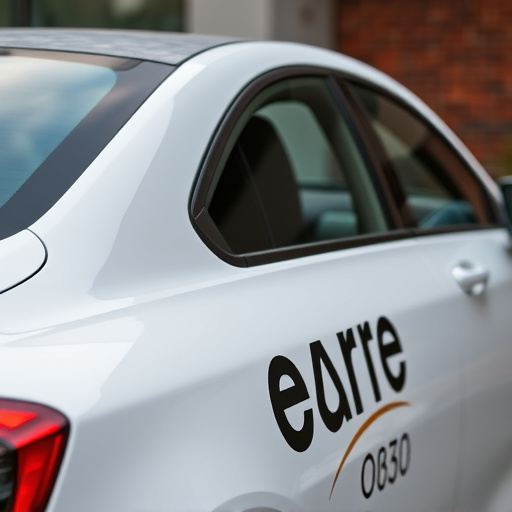
Glass ceramic coating is a revolutionary material designed to protect and enhance automotive windshields and windows. This advanced technology combines the clarity and transparency of glass with the durability and resistance of ceramics, creating a durable, scratch-resistant, and anti-reflective surface. The unique properties of glass ceramic coating make it an excellent choice for vehicle protection against road debris, UV rays, and other environmental factors that can cause damage over time.
Unlike traditional window tinting or vehicle wraps, glass ceramic coating offers a more subtle and aesthetically pleasing solution. It allows for optimal visibility while providing superior protection. The ceramic layer acts as a barrier, preventing scratches and chips from compromising the integrity of the windshield. Moreover, its anti-reflective properties reduce glare, ensuring drivers have an unobstructed view, enhancing safety and comfort during all weather conditions.
Benefits of Applying Glass Ceramic Coating to Windshields and Windows
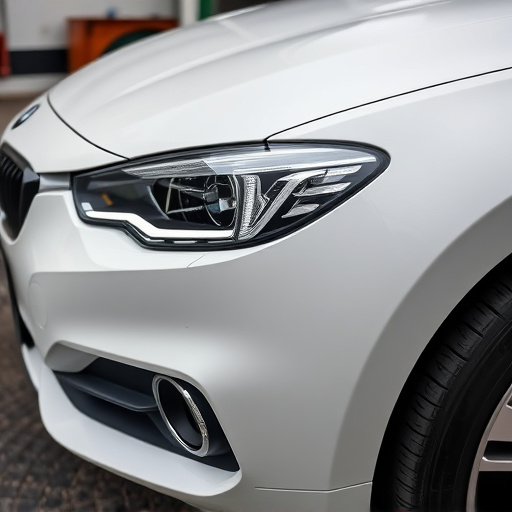
Applying glass ceramic coating to windshields and windows offers a multitude of benefits for both aesthetics and functionality. One of its primary advantages is enhanced durability. This advanced coating acts as a protective barrier, shielding glass from scratches, chips, and other forms of damage caused by road debris and harsh environmental conditions. It’s like an invisible shield that keeps your vehicle’s windows looking as good as new for longer periods, thus eliminating the need for frequent replacements or costly repairs.
Moreover, glass ceramic coating serves as an effective paint protection film, providing a barrier between your windshield or window and harmful UV rays from the sun. This feature not only reduces fading and discoloration but also helps in maintaining the original gloss and vibrant colors of your vehicle’s finish. In addition, it can contribute to better energy efficiency by reducing heat absorption, which leads to lower interior temperatures and decreased need for air conditioning, thereby offering both environmental and economic benefits as a valuable vehicle enhancement.
Installation, Maintenance, and Future Prospects of Glass Ceramic Coatings
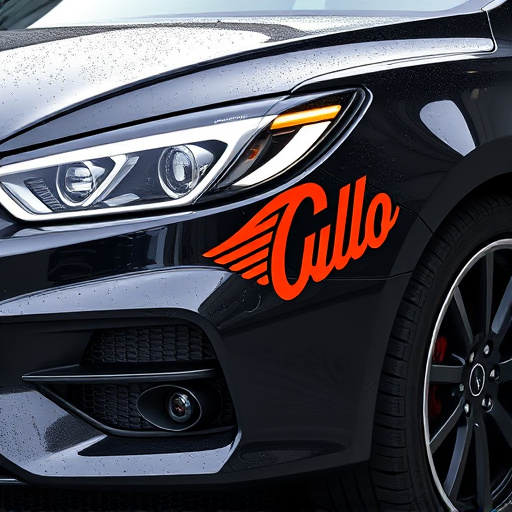
The installation process for glass ceramic coatings involves specialized techniques to ensure optimal application and long-lasting protection. Professional applicators carefully prepare the surface, often using a series of cleaning, decontaminating, and etching steps to create a micro-roughened finish that enhances adhesion. This meticulous preparation is key to achieving a durable bond between the coating and the glass. Once prepared, the ceramic coating is applied evenly across the windshield or window, typically through airbrush or spray application methods. After installation, curing takes place, often accelerated by heat or UV light, resulting in a hard, protective layer.
Maintenance of glass ceramic coatings involves minimal effort but ensures longevity. Regular washing and wiping with dedicated ceramic-compatible cleaners prevent residue buildup. As with any coated surface, avoiding harsh chemicals or abrasive cleaning materials is crucial. In terms of future prospects, the market for glass ceramic coatings is expected to grow significantly in the automotive industry, driven by increasing demand for premium automotive services and vehicle enhancements. This advanced coating technology offers not just aesthetic benefits but also improved durability, scratch resistance, and enhanced UV protection, making it a compelling choice for both original equipment manufacturers and aftermarket enthusiasts alike.
Glass ceramic coatings offer a revolutionary advancement in windshield and window protection, combining exceptional durability with superior aesthetic appeal. By understanding their unique properties and the benefits they provide, both in terms of performance enhancement and cost savings, it’s clear that glass ceramic coatings are the future of automotive and architectural glass treatments. As research continues to evolve, we can expect even more innovative applications and improved installation methods, ensuring a bright prospect for this game-changing technology in the years to come.
